January 24, 2013—the day Secretary of Defense Leon Panetta and Joint Chiefs of Staff Chairman General Martin Dempsey signed a memorandum allowing women to serve in combat for the first time in American military history—may one day be looked as a milestone for gender equality in the United States.
Unfortunately, today is not that day.
Instead, what should have been a day for celebration was overshadowed by testimony that preceded Panetta’s historic decree by 24 hours—a sworn declaration given to the House Armed Services Committee by Air Force Chief of Staff General Mark Welsh. In his testimony, Welsh reported that sexual assault in the Air Force had skyrocketed by 30 percent in 2012—from 614 to 796 documented cases.
“Calling these numbers unacceptable does not do the victims justice,” Welsh said. “The truth is, these numbers are appalling.”
The numbers have been appalling for years—and by Welsh’s own admission they likely don’t include numerous incidents that have gone unreported. A sexual assault scandal at Lackland Air Force Base in Texas two years ago revealed that 32 out of 500 training instructors at the training facility had used their positions of power to force or coerce training recruits into inappropriate or unconsensual sexual situations.
The Defense Department estimates that 23 to 28 percent of women serving in the military will be sexually assaulted at least once over the course of their service. Appallingingly, 11 percent will be raped.
The problem is not unique to the Air Force.
The Defense Department estimates that 23 to 28 percent of women serving in the military will be sexually assaulted at least once over the course of their service. Appallingingly, 11 percent will be raped.
Even worse, as prominently reported in the brilliant Academy Award-nominated documentary The Invisible War, neither the military nor its civilian overseers in Washington have done a thing about it. Up until last April, the military kept its statistics on Military Sexual Trauma, which includes sexual harassment, assault and rape, under tight wraps. It took a federal lawsuit by the ACLU to get the military to promptly release its sexual violence data.
Nearly 100,000 women have been assaulted in the military since 2006.
Even worse, as The Invisible War reveals, the military has, for years, turned a blind eye to these assaults—often ignoring them or covering them up.
Many women, like U.S. Marine Stephanie Schroeder, are punished or even discharged for reporting being the targets of sexual assaults. Schroeder was 21 years old when a fellow Marine violently raped her in the bathroom. When she reported the incident, Schroeder told CNN, her superior officer informed her: “ ‘Don't come bitching to me because you had sex and changed your mind.’ ”
As reported by CNN, Schroeder was ultimately discharged from the military for having a “personality disorder”—namely PTSD from the sexual assault her superiors said never happened and refused to properly investigate. Nine years later, Schroeder is still battling with the Department of Veterans Affairs to treat her PTSD.
As of January 24, 2013, women are officially allowed to fight and die in combat for their country. Long before this current edict, however, women in America’s military have been in harm’s way. Unfortunately, their odds of being hurt by their fellow servicemen are greater than their chances of being injured in combat.
This post originally appeared on TakePart, a HuffPost Impact partner.
